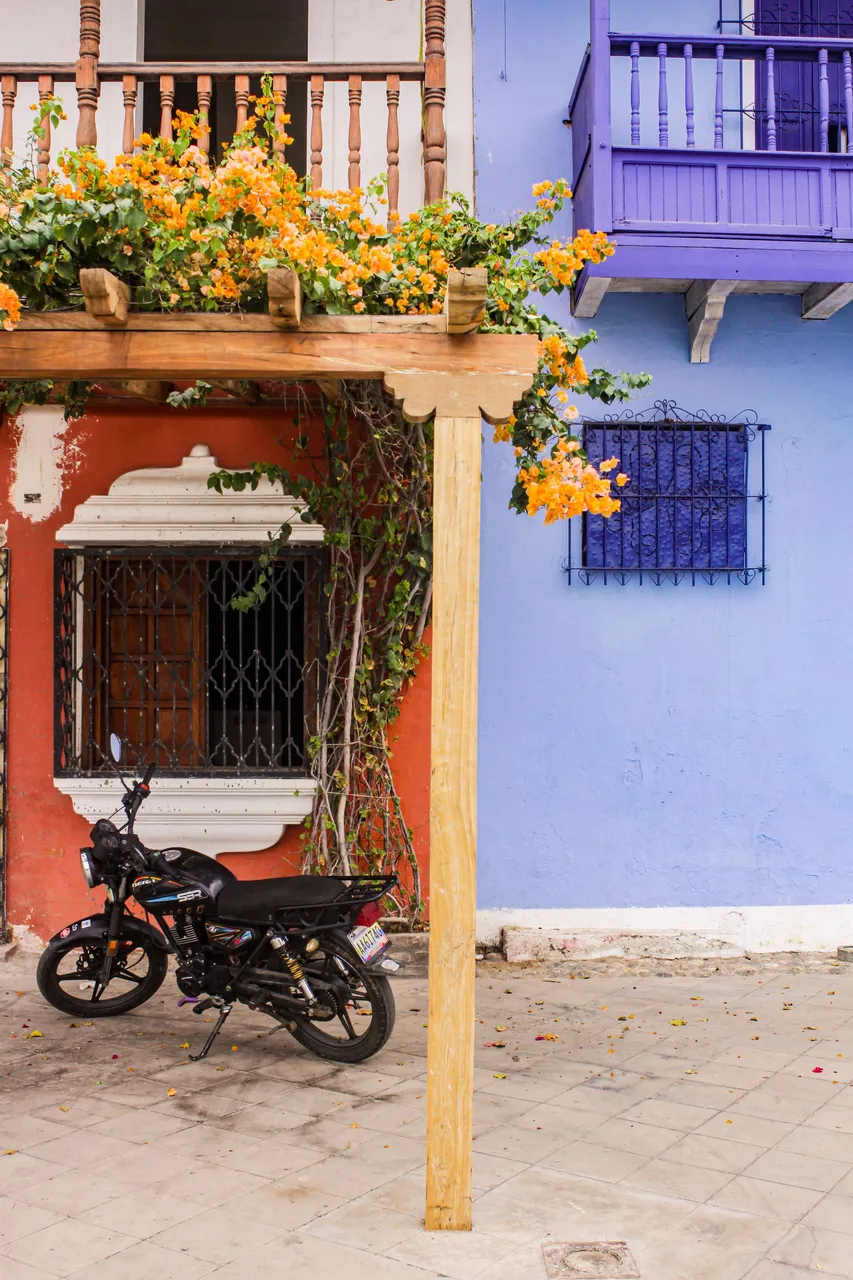
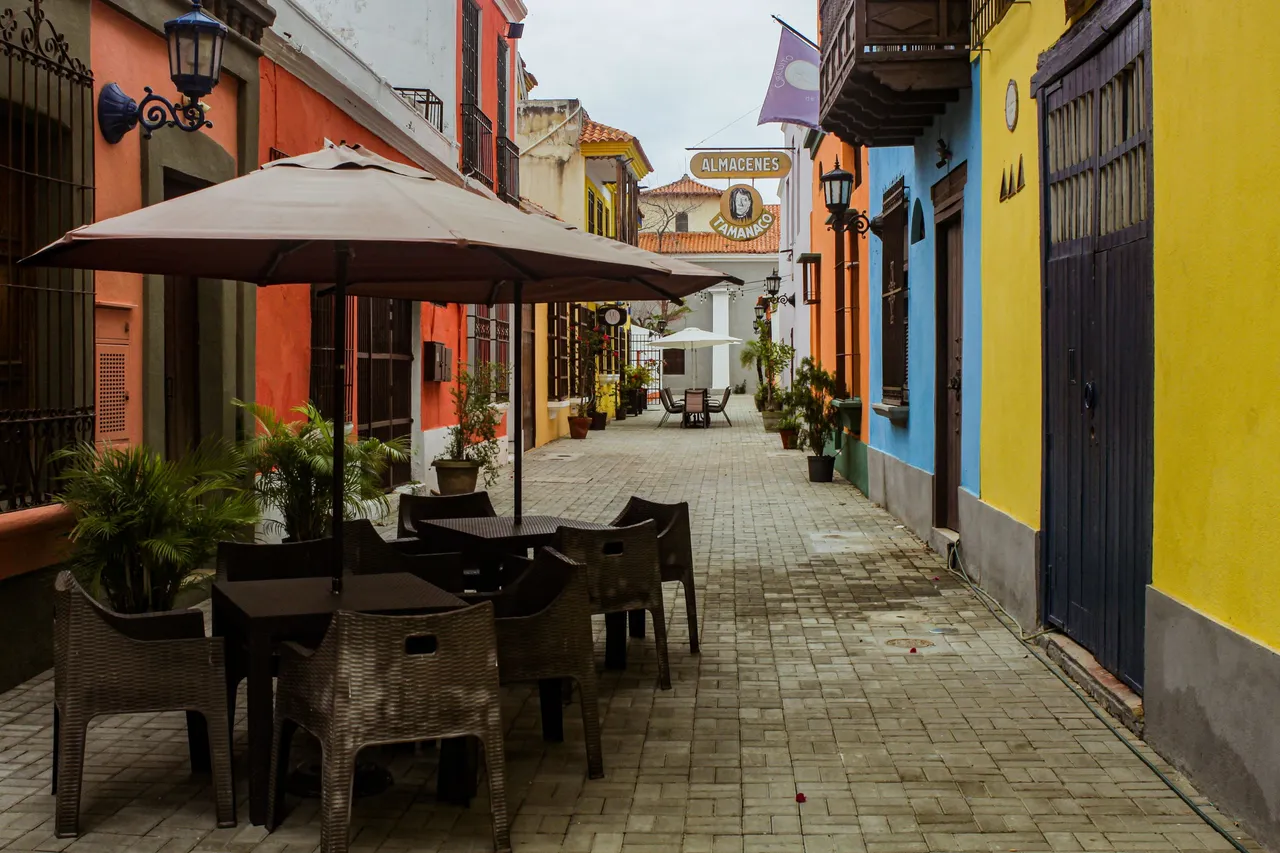
ENGLISH
Puerto Cabello is a city located in the Venezuelan Caribbean Sea, in the north of South America. It is a place with a lot of history, as some people said when they saw me with my camera, excitedly taking pictures of the architecture of the place.
Not only the porteños, as the locals are known, think that there is a lot to know thanks to important historical events for the country. The years are also witnesses, because since the 18th century, when Spain still ruled what is now known as Venezuela, the port suffered constant attacks by pirates and other enemy powers of the Spanish empire, which forced it to fortify the surroundings.

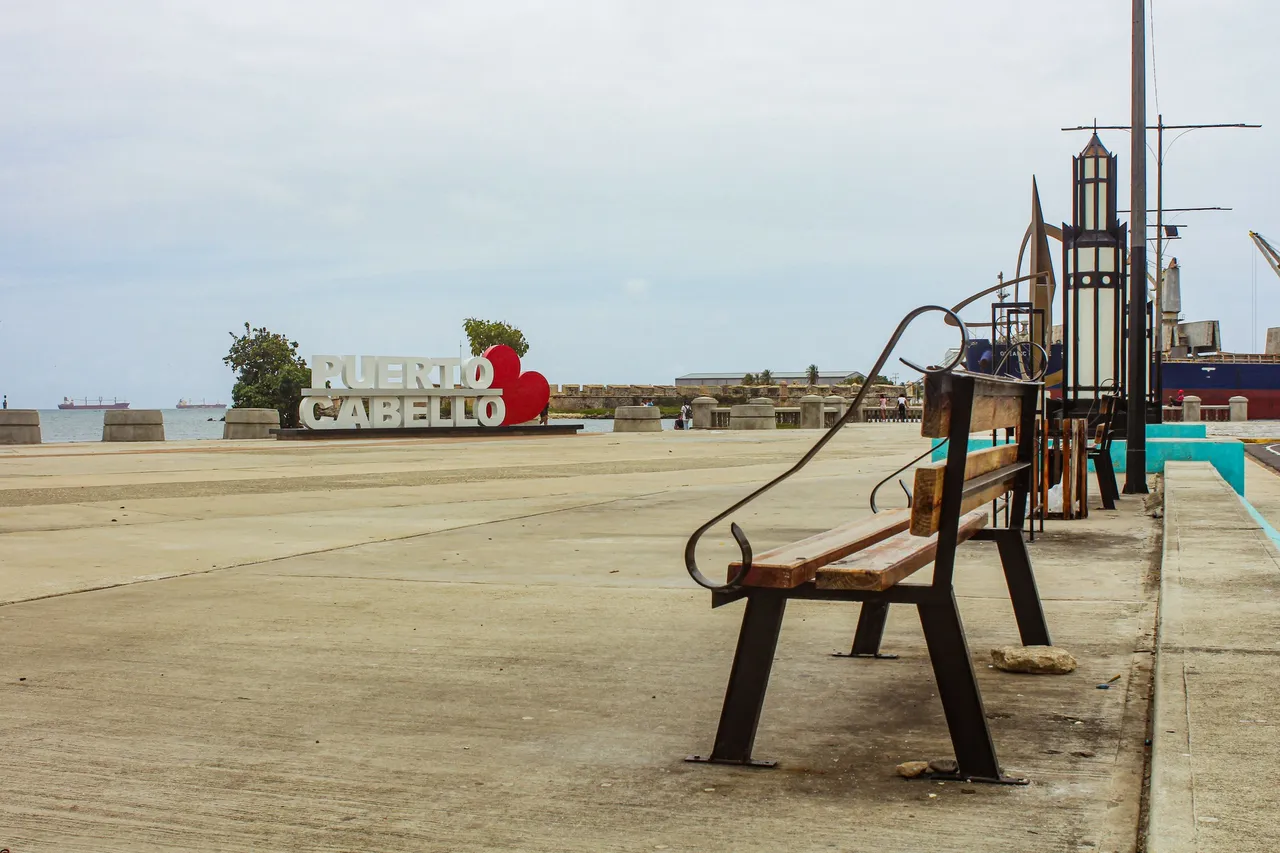
The malecon, which was built much later, in the 50s, is a vestige of the fortification, and also a sample of how the place has evolved over the centuries.
The architecture is a mixture of colonial and modern times.
modern. There are modern shops selling seafood, to old churches worn out by time, as well as the streets.
The famous lanceros alley, where picturesque and exotic buildings rest, classic of the Caribbean cities that were once dominated by the were once dominated by the Spanish Empire. The smell of history is undeniable, which can be translated into wood and walls that once housed colonial life.
In each building awaits a whole history, especially those of the Callejón de los lanceros, so called because General José Antonio Páez, a Venezuelan hero who fought against the Spanish Empire, paraded there with his army of lancers after winning an important battle that allowed the patriots to gain ground in Puerto Cabello.
Modernity reminds you that you are not in the 18th century. An example is not only the motorcycles, which abound on street corners everywhere, but also the fast food and gourmet ice cream parlors, with the motivation to encourage tourism in the city, which years ago was forgotten not only by politicians, but also by the tourists themselves, who even feared for their safety, since they were afraid for their own safety, since crime used to plague the surrounding area.
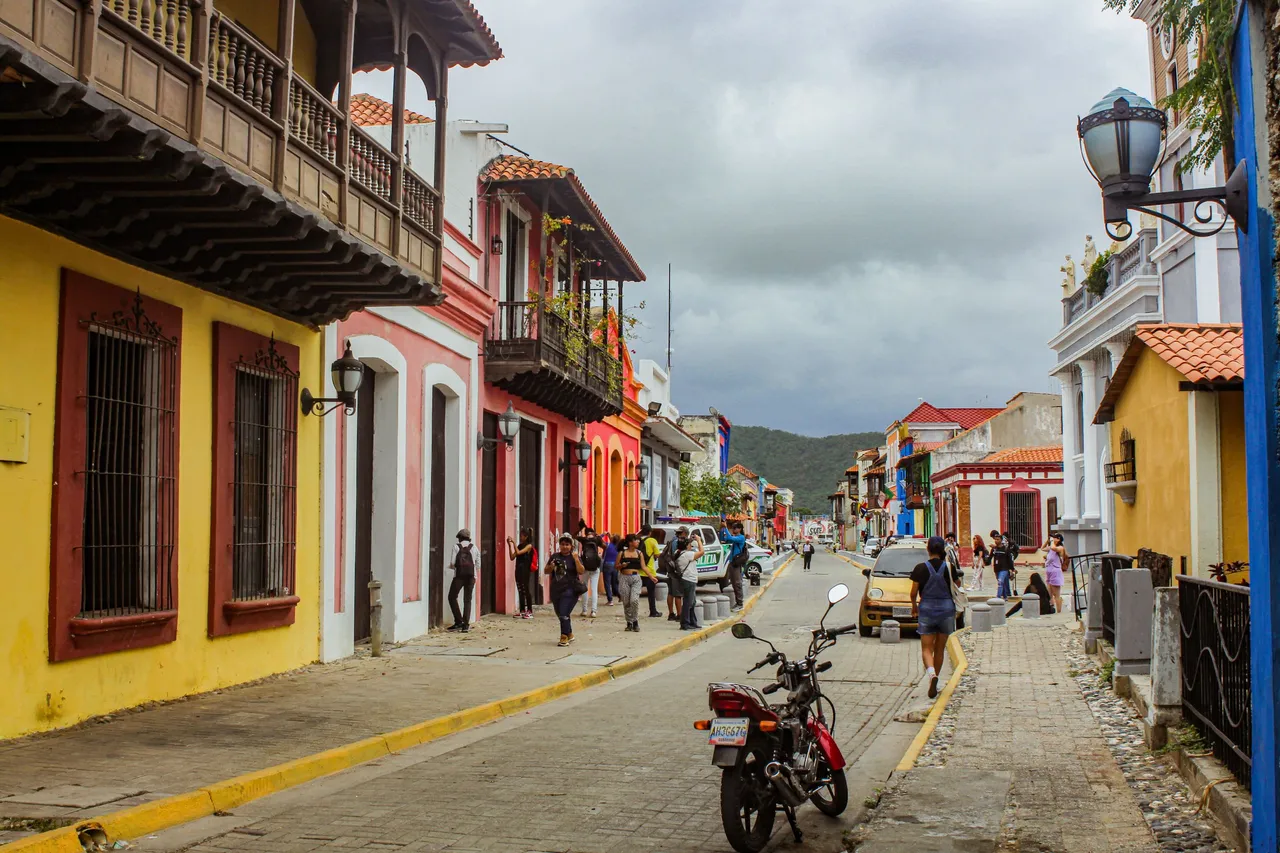
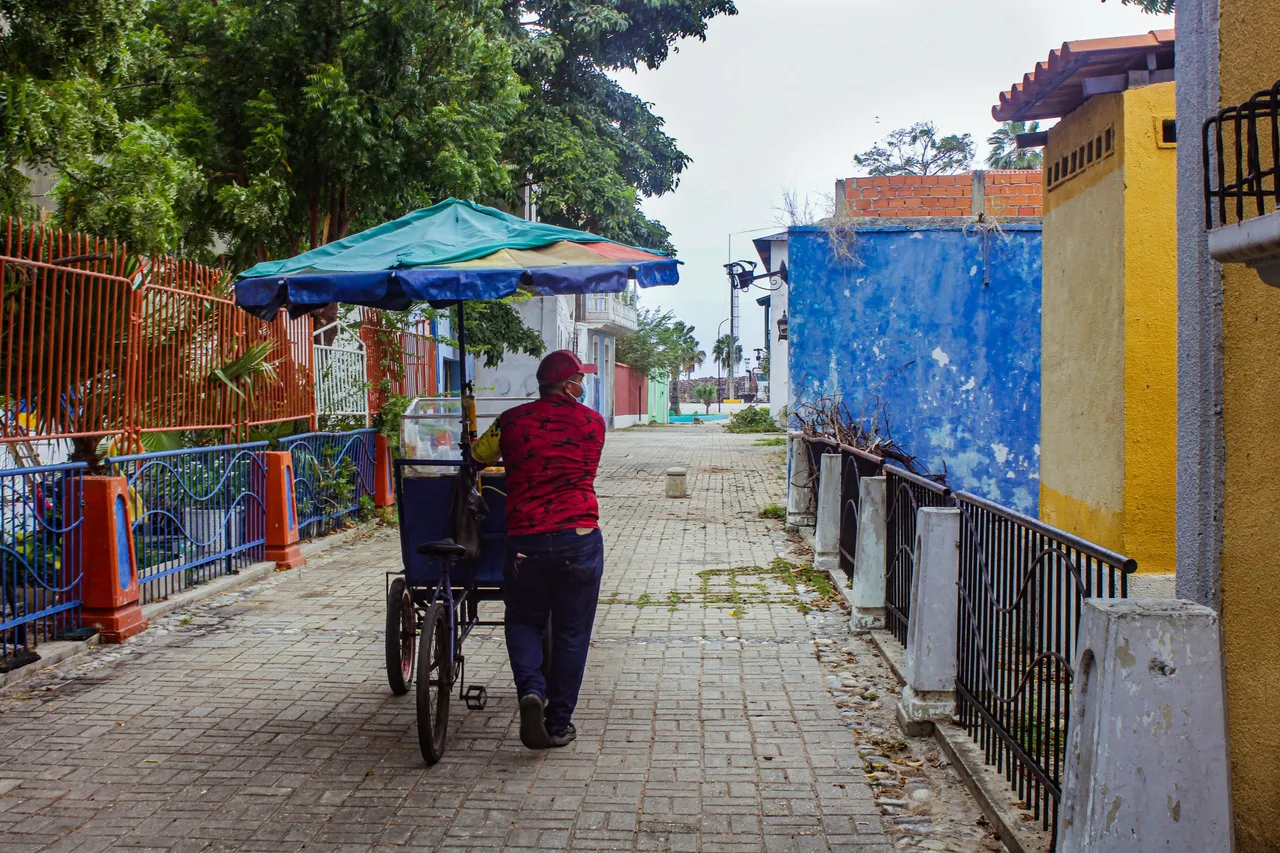
Now the atmosphere is different. In addition to restaurants and other types of locals, many of the old buildings, both colonial, republican and neoclassical, are also machine shops, and where you can see the contrast between social inequality and emerging rampant luxury. In another post I plan to dedicate myself to record the old houses, where people live in vulnerable conditions.
Puerto Cabello is an ideal place not only to take pictures, but also to contemplate an architecture rich in history, and especially in diversity. The sea, like a giant and eternal witness of everything that happens, is also a photogenic companion that awaits the return of the tourists, as well as the lovers of photography and architecture, without them it would not be possible to see it.
without them it would not be possible to see the sea.
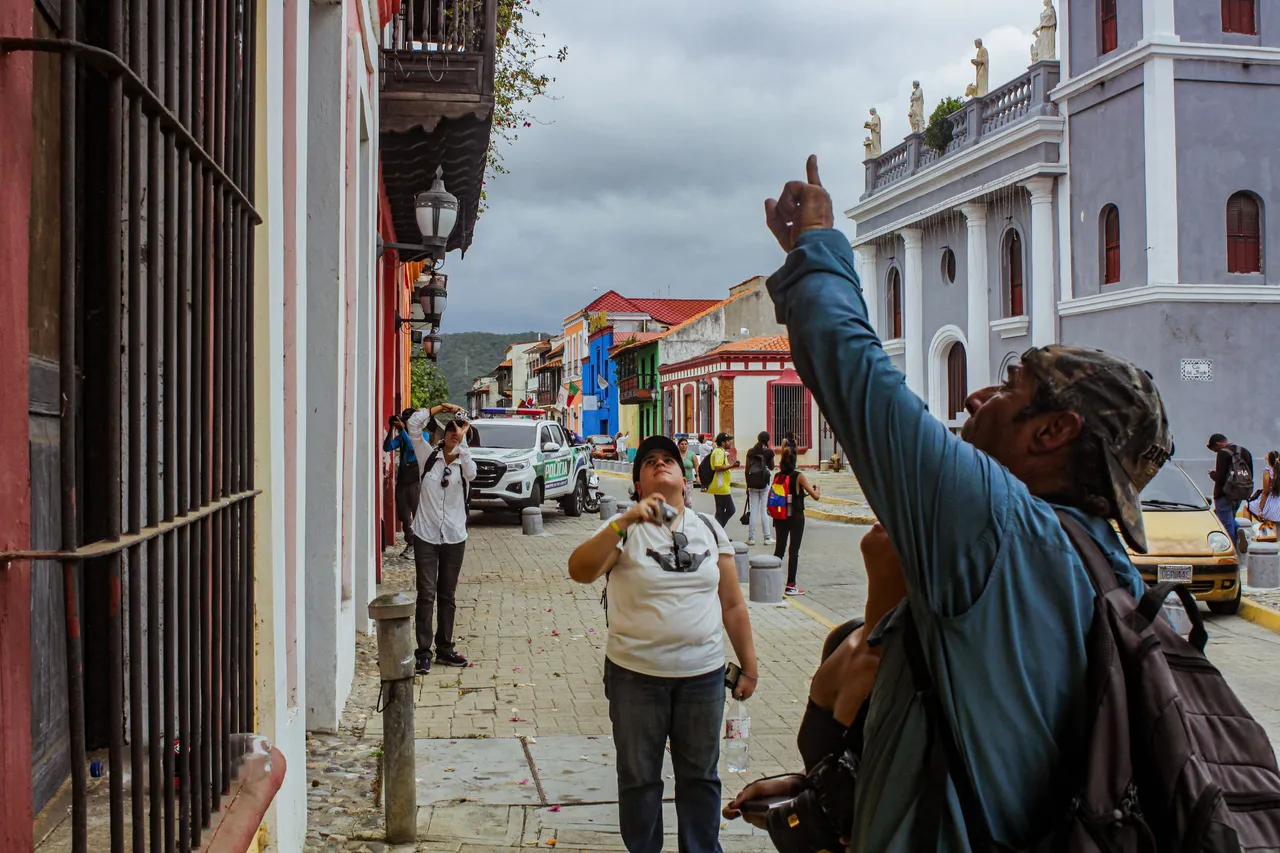
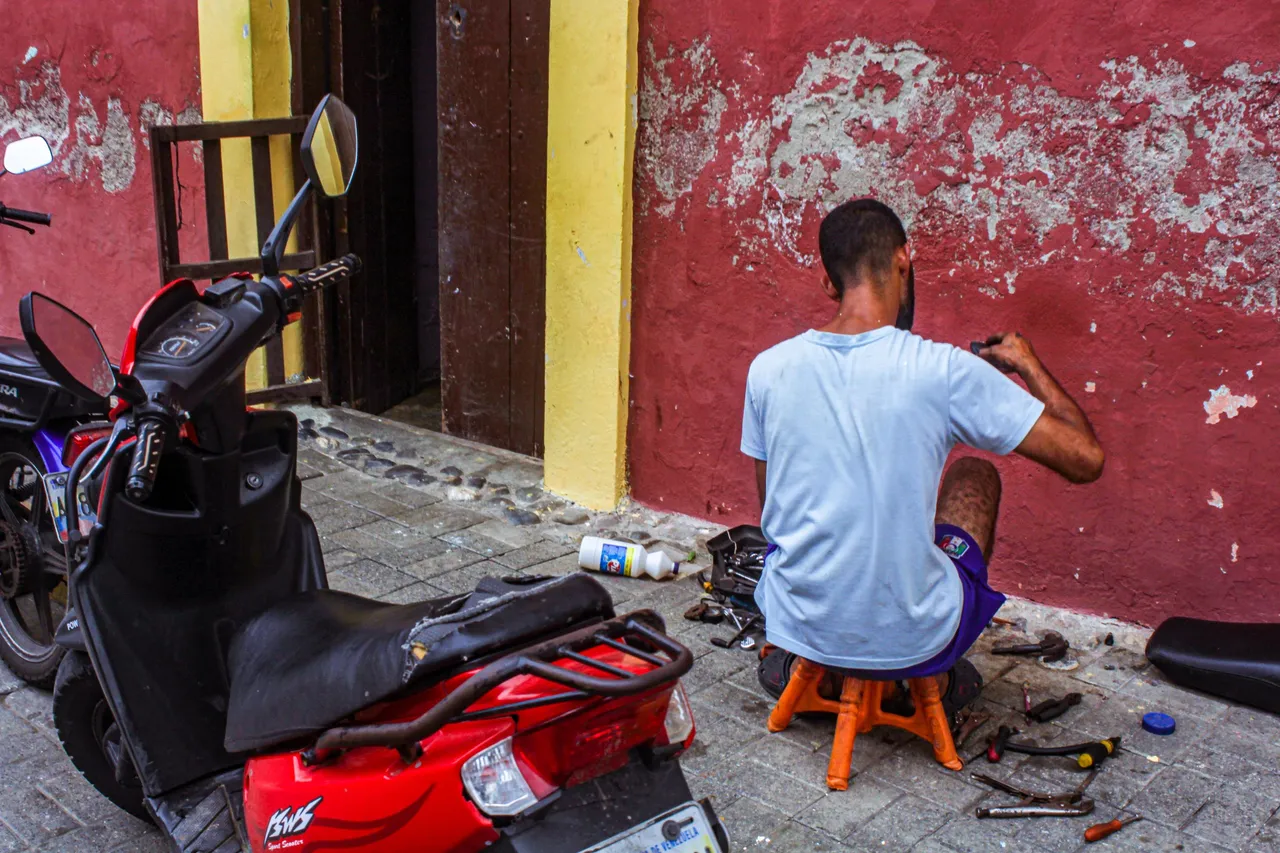
ESPAÑOL
Puerto Cabello es una ciudad que está ubicada en el mar caribe venezolano, al norte de Sudamérica. Es un sitio con mucha historia, dicen los habitantes al verme con la cámara, fascinado con la arquitectura del lugar.
No solo los porteños, como se les conoce a lugareños, piensan que hay mucho por conocer gracias a eventos históricos importantes para el país. Los años también son testigos, porque desde siglo XVIII, cuando España todavía gobernaba lo que hoy se conoce como Venezuela, el puerto sufría constantes ataques por parte de piratas y amadas de otras potencias enemigas del imperio español, lo que le obligó a fortificar los alrededores.
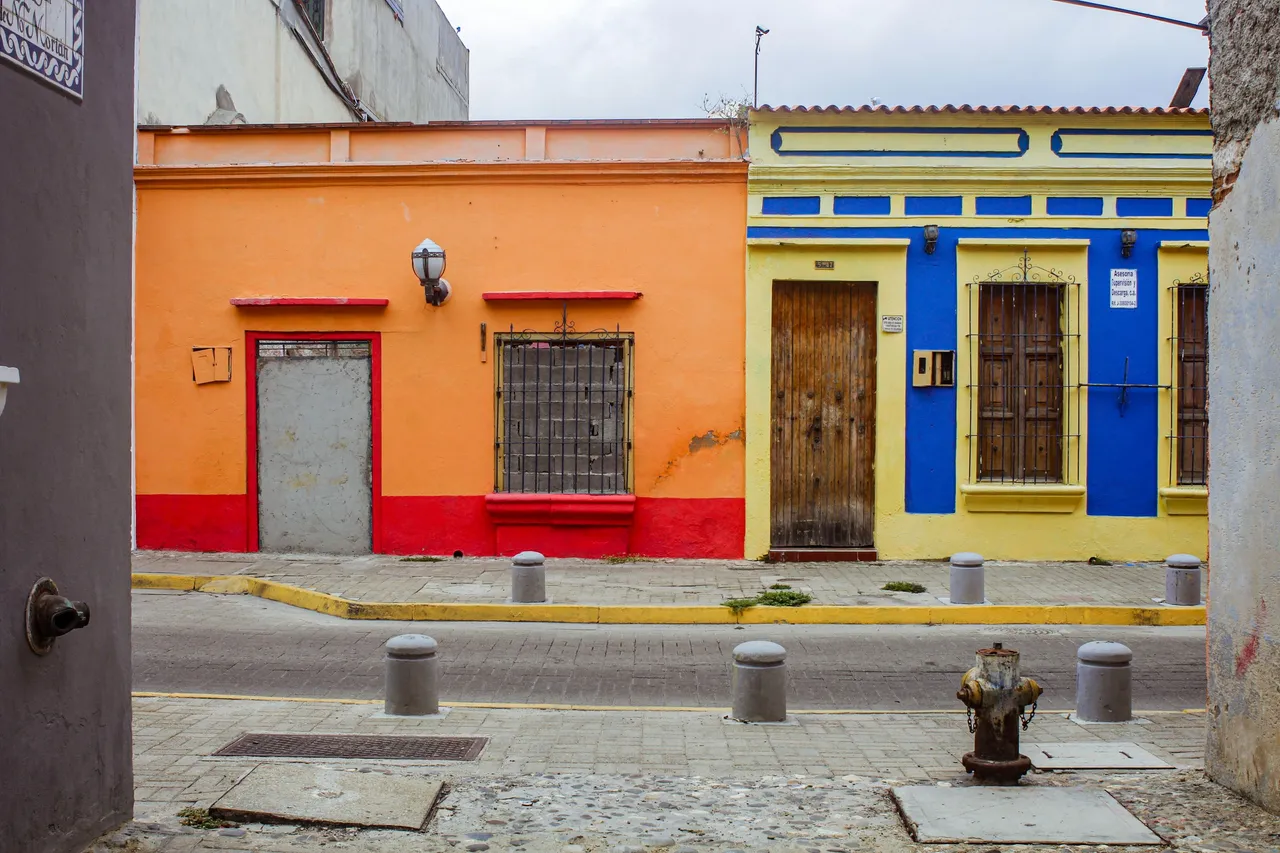
El malecón, que fue construido mucho después, en la década del 50 en el siglo XX, es un vestigio de la fortificación, y también una muestra de cómo ha evolucionado el lugar a lo largo de los siglos.
La arquitectura es una mezcla de la época colonial con la
moderna. Se encuentran modernos locales que venden comida marina, hasta viejas iglesias desgastadas por el tiempo, así como las calles. El famoso callejón de los lanceros, donde reposan edificaciones pintorescas y exóticas, clásicas de las ciudades caribeñas que
fueron dominadas un tiempo atrás por el Imperio Español. El olor a historia es
indiscutible, que puede traducirse a madera y a paredes que en otro tiempo albergaron la vida colonial.
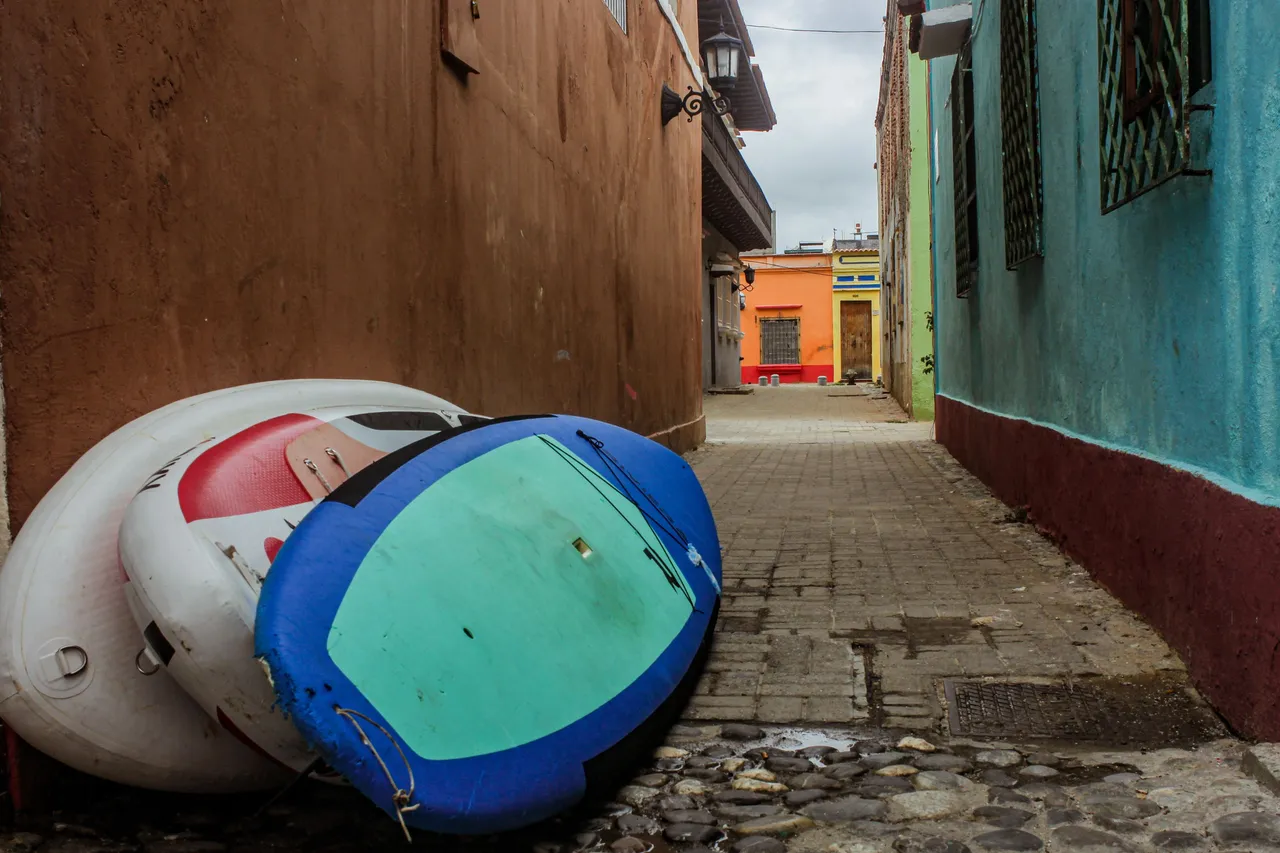
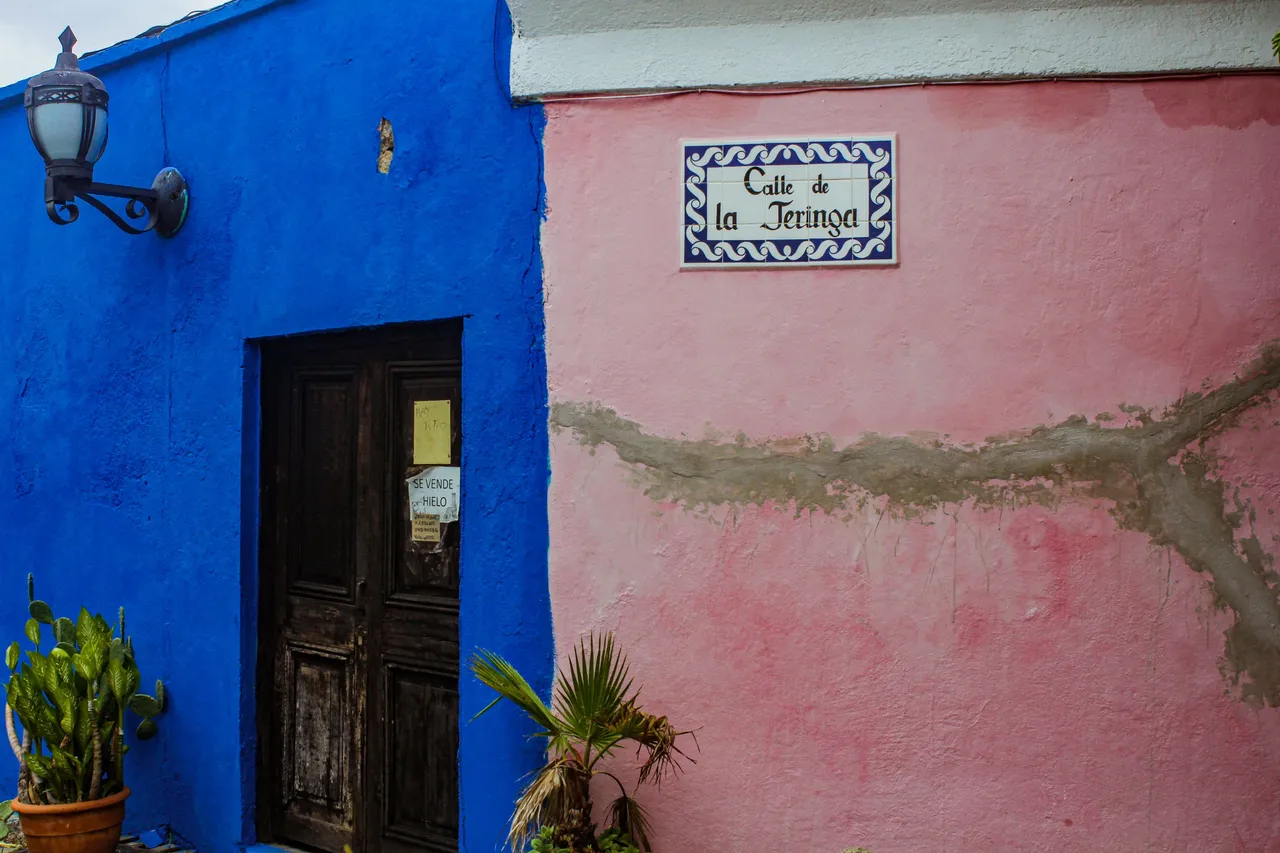
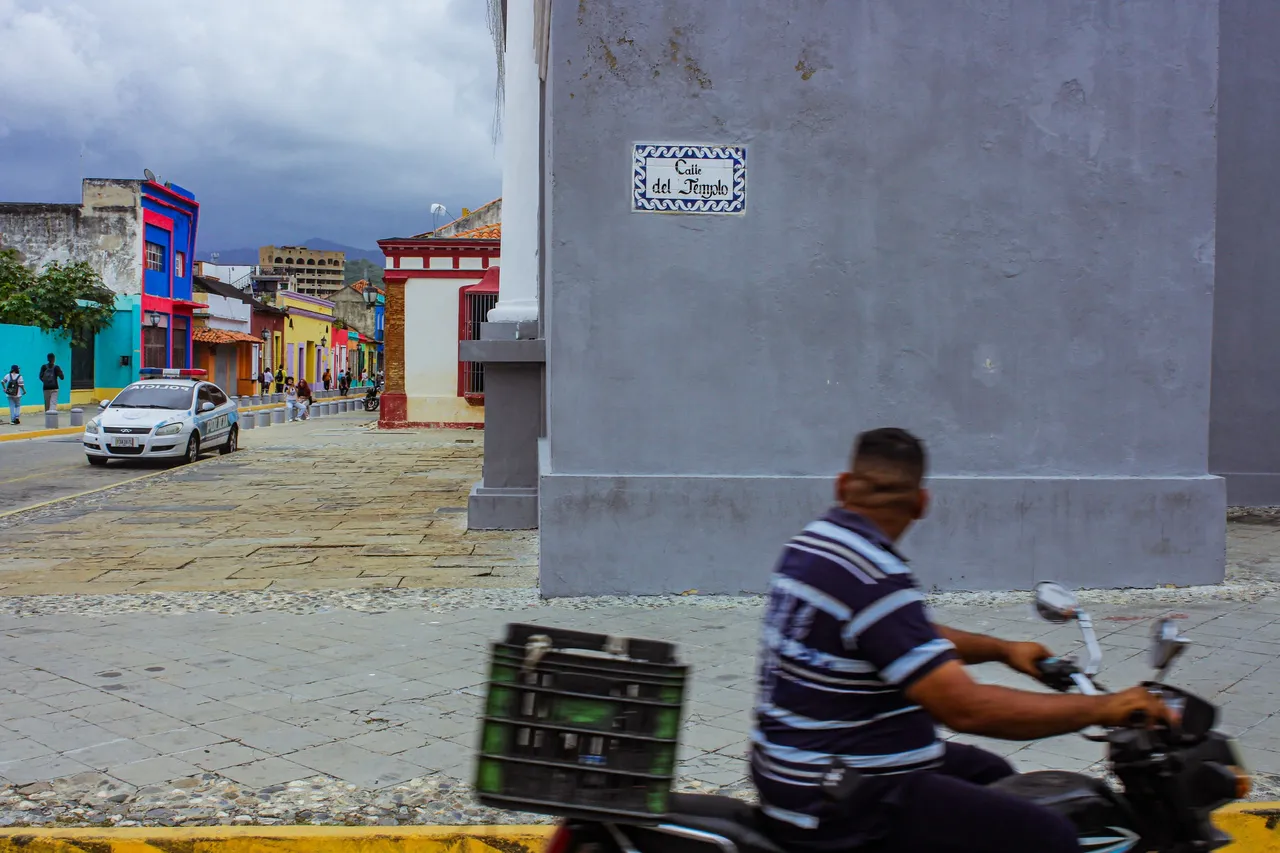
En cada edificación aguarda toda una historia, especialmente las del Callejón de los lanceros, llamada así porque el general José Antonio Páez, un prócer venezolano que luchó contra el imperio español, desfiló allí junto a su ejército de lanceros luego de ganar una importante batalla que permitió a los patriotas ganar terreno en Puerto Cabello.
La modernidad te hace recordar que no estás en el siglo XVIII. Una muestra no son solo las motos, que abundan en esquinas por doquier, sino los locales de comida rápida y heladerías al mejor estilo gourmet, esto con la motivación de incentivar el turismo en la ciudad, que años atrás estaba en el olvido no solo por los políticos, sino por los mismos turistas, quienes
incluso temían por su seguridad, dado que la delincuencia solía azotar los alrededores.
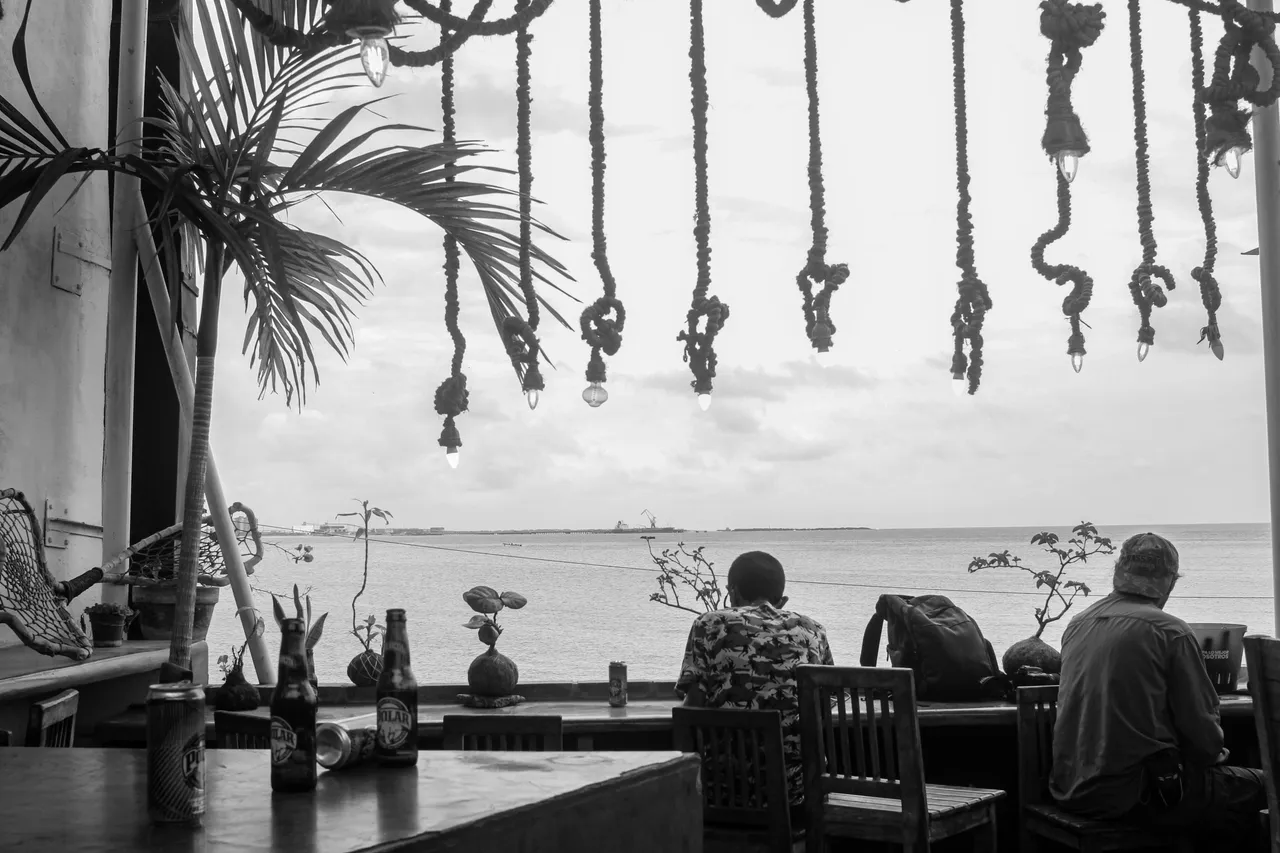
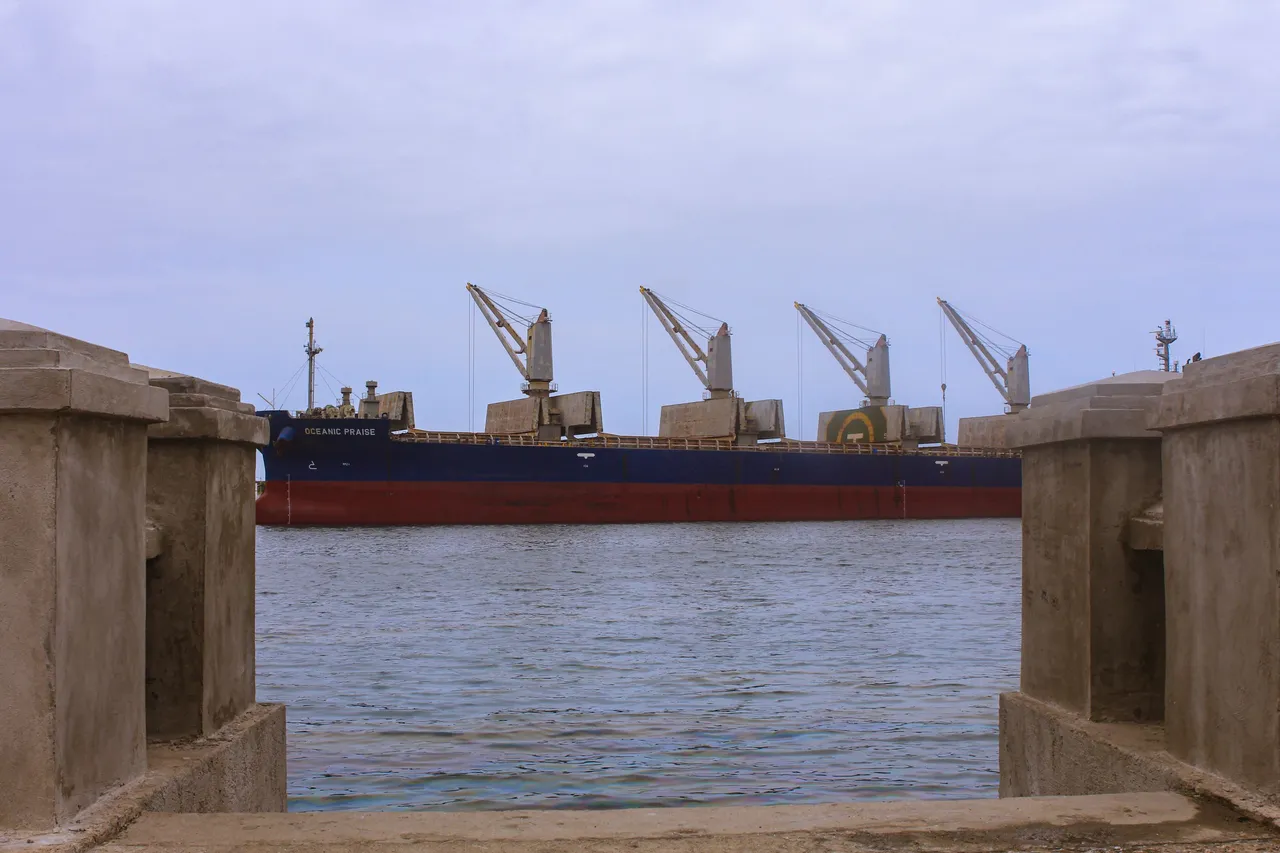
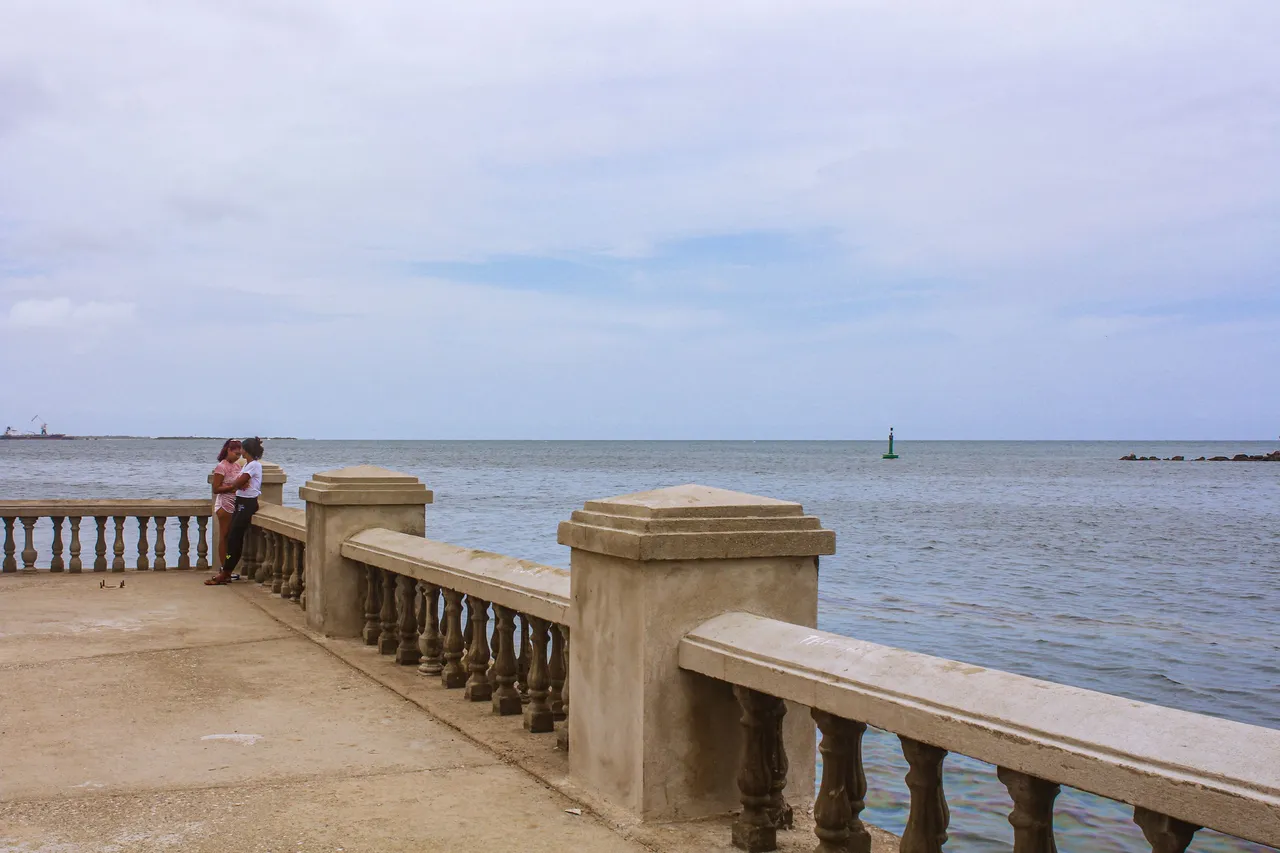
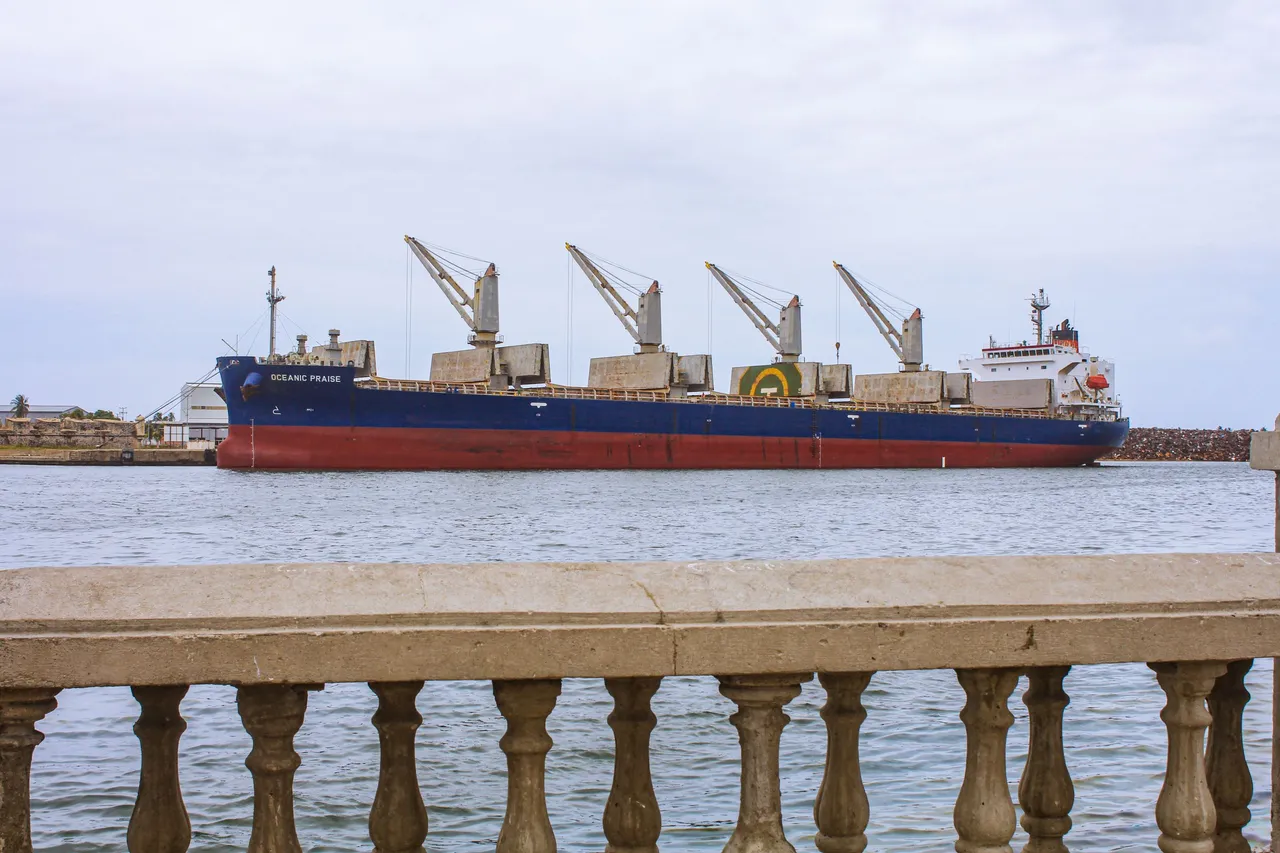
Ahora el ambiente es distinto. Además de restaurantes y otros tipos de locales, muchas de las antiguas edificaciones, tanto coloniales, como republicanas y neoclásicas, también son talleres de mecánica, y donde se ve el contraste entre la desigualdad social y el lujo rampante emergente. En otro post pienso dedicarme a registrar las casas antiguas, donde viven personas en condiciones vulnerables, y cómo esta situación cambia el panorama.
Puerto Cabello es un lugar ideal no solo para tomar fotografías, sino para contemplar una arquitectura rica en historia, y en especial, de diversidad. El mar, como un gigante y eterno testigo de todo lo que transcurre, es un acompañante también fotogénico que espera el regreso de los turistas, así como de los amantes de la fotografía y arquitectura, que sin
ellos no se pudiera visualizar tanto la historia, así como el estilo de las ciudades, debido a que son un reflejo cultural de cada rincón.
Bibliographic source Link